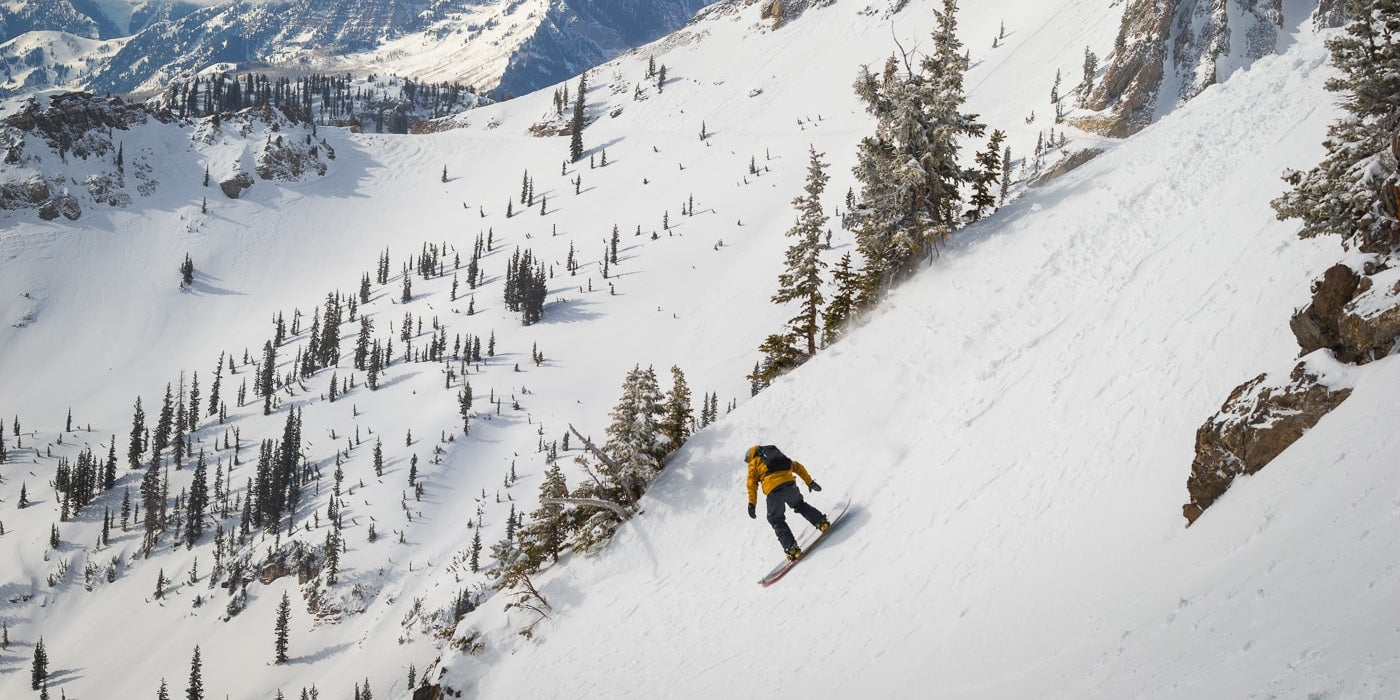
There’s plenty of ways—involving snow—to get active in the winter: skiing (downhill, cross-country, and backcountry touring), snowboarding (including splitboard touring), snowshoeing, and fat-tire biking are just a few that come to mind. Even snowmobiling—especially in deep snow—can be a full-body workout. No matter which of these activities you are doing, planning hydration is just as important in winter as it is in summer.
The body’s thirst response is diminished by up to 40 percent in freezing temperatures. Fluid loss via respiration increases and sweat evaporates more quickly, tricking us into thinking we are properly hydrated when we need to be replacing fluids. So, even if you are skiing or snowboarding at a resort, and have easy access to pop into the lodge for water, it’s a great idea to carry some water with you so you can replace fluids before you get thirsty.
Of course, if you’re backcountry touring or anywhere where you’ll be away from a water source for an extended period of time, bringing water with you becomes essential. The next thing to consider is how to carry water skiing or snowboarding. The easiest way to be able to drink on the go is a hydration reservoir system. In other words, the best ski water bottle is no water bottle. Our partners at Osprey, Dakine, Black Diamond, and others all make snowsports-specific backpacks that are reservoir compatible and have insulated shoulder strap compartments to prevent reservoir tube from freezing. All of these packs are compatible with any HydraPak reservoir system. For in resort riding, or supplementing your reservoir system, small HydraPak bottles—like the Stow 500 mL or SoftFlask 250 mL—are perfect for stashing in a jacket pocket so you can drink on the chairlift.

Yes, freezing is the biggest risk while using a hydration reservoir out in the cold, but there’s a few, easy steps you can take to effectively prevent it. The first is using a pack, with an insulated shoulder compartment for a hydration tube, like the ones described above. You can further enhance insulation by getting our ArcticFusion™ Tube Kit for your HydraPak reservoir: it includes an insulated hose and bite valve cover made specifically for cold weather use. The next step is using warm water when filling your reservoir: it’ll take longer to reach a freezing temperature and has the bonus function of keeping your core warm as you drink during the first part of the day. Lastly, the tube and bite valve are the parts in your reservoir system most prone to freezing, so after drinking simply blow the water in the tube back into the reservoir to ensure your system remains ice free.
The last considerations for ensuring a successful, winter adventure are supplementing with electrolytes if you’re doing a long tour, and taking into account how elevation affects hydration. It’s a lot to keep in mind, but it’ll quickly become second nature when you’re heading out in cold weather and you’ll enjoy, and be properly hydrated during, your time in the snow.